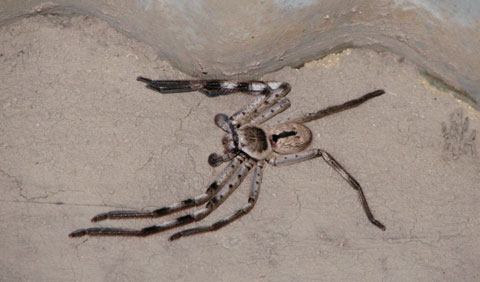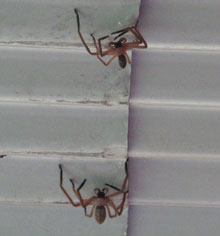
With all the rain, sun, steam, storms, humidity, wild winds we’ve been getting, no human would know when it’s safe to set up outdoor structures… let alone spiders. Likely, spiders know more.
This showy spider has decorated my back verandah railing. An intricate and very fine web is not enough for this one; it likes to add the zig-zag silky criss-cross that give it its name: the St. Andrews Cross Spider (Argiope aetheia).
An orb-weaver spider, it is gaily decorated, and for me reminiscent of some Aboriginal artwork. Even the leg colours and gradations are elegantly chosen.
The disputed theory behind the cross is that it renders the spider less obvious to predators, as a distraction.
For me it is a Christmas gift of symbolic decoration, given that my house is not festooned with fairy lights or tinsel.
So I say thank you!







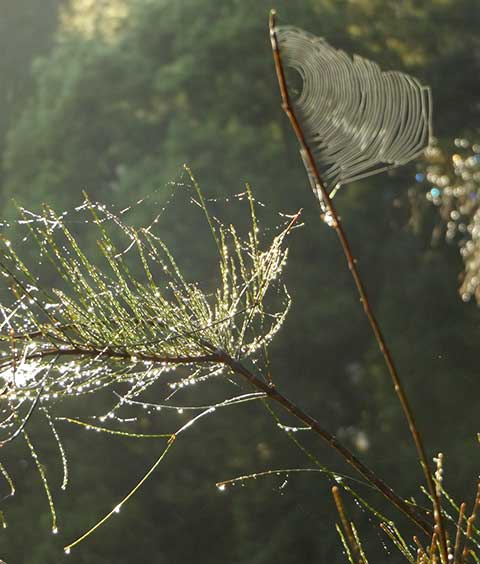
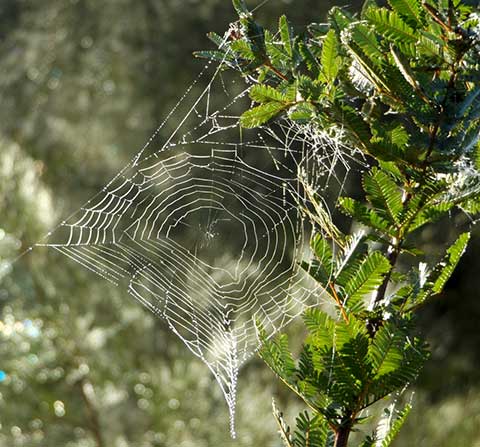

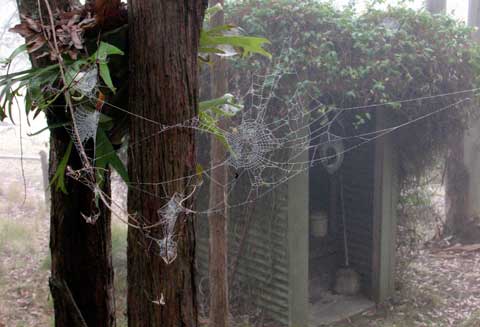
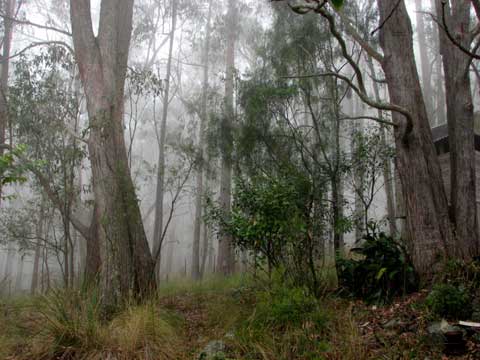
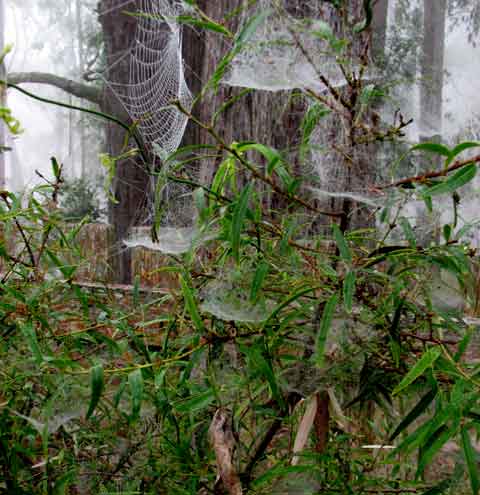
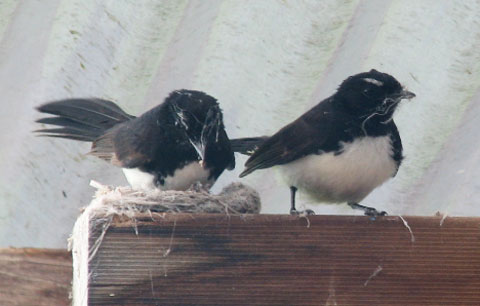

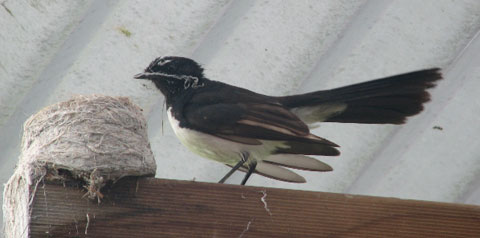
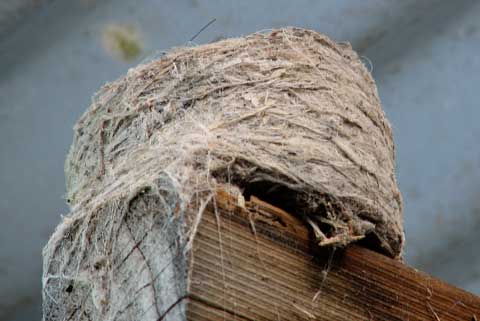

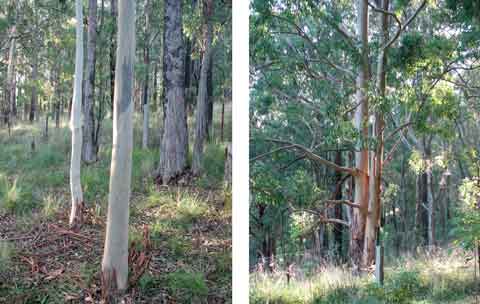

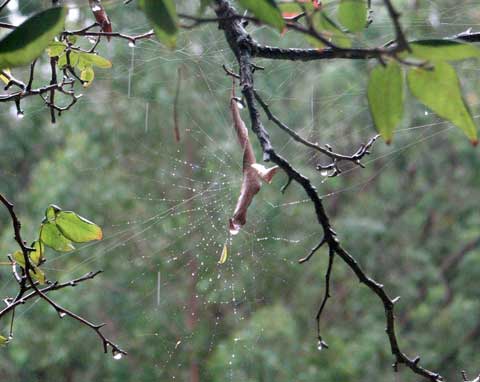 It’s one of the Phonognatha family, probably Phonognatha graeffii — according to the Australian Museum site. This was a gum leaf, not a rose leaf, for the female collects her chosen leaf from the ground, and curls it to a protective shape, tightly closed at the top.
It’s one of the Phonognatha family, probably Phonognatha graeffii — according to the Australian Museum site. This was a gum leaf, not a rose leaf, for the female collects her chosen leaf from the ground, and curls it to a protective shape, tightly closed at the top.  This day she was being sensible as well as reclusive, keeping her legs dry. If I could see her, she’d apparently be fat and oval-shaped with red-brown legs and body and a cream coloured pattern on her back.
This day she was being sensible as well as reclusive, keeping her legs dry. If I could see her, she’d apparently be fat and oval-shaped with red-brown legs and body and a cream coloured pattern on her back.